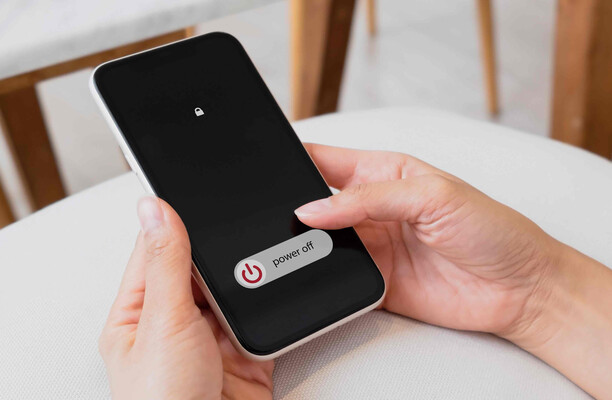By Sunkanmi Adewunmi
Edited by Bababunmi Agbebi
Picture this: it’s Saturday morning, birds are chirping, and you’re sipping your first cup of coffee. You reach for your phone and suddenly two hours have vanished in a social media scroll. Sound familiar? In today’s always-online world, many of us live by our screens but it also begs the question: What if we actually left our phones in another room for a bit? That’s the idea behind a digital detox (aka consciously unplugging from technology).
What Is a Digital Detox?
First, a quick definition: digital detox is “a period of agreed-upon abstinence from digital devices”. In plain terms, it means putting down your gadgets on purpose so you can reconnect with the physical world and reduce stress. Why? Because we’re spending way too much time glued to glass. Worldwide, people now average about 6 hours 40 minutes of screen time per day – that’s almost half of waking life on internet-connected screens.
Putting devices aside (even for an hour or a day) can feel radical. But as one wellness guide notes, a detox helps “reconnect with the physical world” and can improve sleep and mental clarity. In other words, a break from screens isn’t just calming – it can actually make you sharper and happier.
The Toll of Too Much Screen Time
Screens don’t just steal our time; they can steal our peace of mind. Heavy screen use isn’t guilt-tripping babble: a Yale study found that kids who spent the most time online showed significantly higher levels of depression and anxiety two years later.
Parents know this all too well. A recent survey found 73% of parents admit their kids, even the under-six crowd, could use a “digital detox”. Nearly half of parents (49%) list children’s mental health as a top concern related to screens. No wonder most families are talking about screen time reduction at dinner. Left unchecked, endless screen hours can lead to sleep problems, irritability, and even trouble talking to people face-to-face. The good news? We can take back control.
Tips to Unplug
Ready to unplug but not sure where to start? Here are some practical (and non-terrifying) tips:
- Set Tech-Free Times/Zones: Pick parts of your day or home where devices stay off. Common ideas: bedrooms after 9pm, family dinners, or Sunday mornings. This mimics “tech-free zones”.
- Use Screen-Time Tools: Many phones offer usage trackers or timers. You can even install apps that lock certain apps after a set limit. (For example, iPhones have a built-in Screen Time tracker.)
- Create a Digital Diet: Try gradual steps. E.g., no phone in the bathroom or limiting social media to 30 minutes a day. Small screen time reduction goals can add up.
- Plan Offline Swaps: When you feel the reflex to grab your phone, have an alternate plan ready: stretch, grab water, or scribble on paper instead. Even a 5-minute “breather” walk without your phone can reset your mind.
- Get Social (In Real Life): Let friends/family know you’re unplugging. Plan device-free hangouts—take selfies after the fun, not during it. You might say, “Let’s do Sunday dinners with zero phones at the table!”.
- Take Micro-Detoxes: Try mini-detoxes first. Maybe no screen one hour before bed, or one afternoon hike per week. The sense of victory from just one tech-free evening can be surprisingly addictive (in a good way).
Offline Activities to Rediscover Joy
It turns out there’s a world of fun right here. Some places even brag about being phone-free. If that sign doesn’t convince you, maybe this list of ideas will:
- Get moving: Lace up for a hike, dance in your living room, swim, or play a sport. Moving your body outdoors is a great stress-buster.
- Get creative: Paint or draw; write in a journal or craft a story; cook or bake something from scratch.
- Get mindful: Meditate, do yoga, take a long bath or nap. Even listening to music intentionally without multitasking can feel ultra-relaxing.
- Get curious: Read a real book or magazine; visit a museum or art gallery; start learning a hobby (a language, an instrument, gardening). These enrich your life in ways one more Instagram scroll can’t.
Each item above is a step toward smaller screens and bigger smiles. Sometimes a quiet trail like this is all it takes.
Embrace the Joy of Missing Out
It may feel weird at first but here’s the thing, resisting FOMO (fear of missing out) gives you JOMO (joy of missing out). Instead of stressing about the latest update, you get present to actual sunsets, belly laughs, or your own creative spark. Over time, many people find a mini-detox makes daily life sweeter. Suddenly, tasks take less time (since you’re not half-distracted by alerts), meals taste better without the buzz of a phone, and bedtime actually is bedtime.
Remember, even small wins count: maybe it’s a no-phone breakfast or deleting just one app. Each tiny screen break chips away at digital overload.








